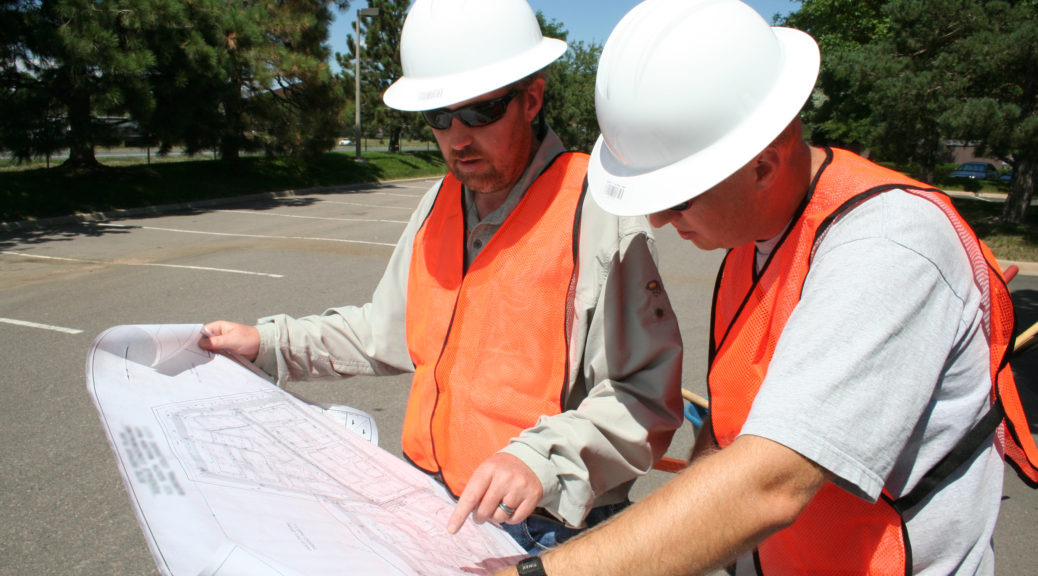
Effects of the Sun Safe Workplaces Program
Occupational skin cancer prevention is an international priority. People who work outdoors are routinely exposed to high levels of ultraviolet radiation (UV), the primary risk factor for skin cancer. Dr. Barbara Walkosz from Klein Buendel presented findings from the Sun Safe Workplaces project and a follow-up assessment at the 68th Annual Conference of the International Communication Association in Prague, Czech Republic, May 24-28, 2018.
Sun Safe Workplaces (SSW) was a communication theory-based workplace sun safety program for public organizations that employ people who work outdoors. Examples of outdoor work include road and bridge work, parks and recreation facilitation, sanitation and water works, and public safety. The original SSW project promoted the adoption of workplace sun safety policies in the public organizations and provided training in personal sun protection for outdoor workers in a randomized controlled trial. The follow-up study assessed the impact of SSW on employee sun safety behavior.
Sixty-one of the 98 public employers from the original study participated. Managers and line supervisors reported program implementation. A total of 1,784 outdoor workers (913 from the intervention group and 871 from the control group) completed surveys on personal sun protection practices.
In summary, employees’ sun protection improved statistically significantly in the intervention group receiving the SSW program. SSW’s effect on employee sun protection was mediated by the number of workplace actions to implement elements of sun safety policy including sun protection messages and equipment in the workplace and employee reports of training in sun safety.
This research was funded by a grant from the National Cancer Institute (RO1CA187191; Dr. David Buller, Principal Investigator). In addition to Dr. Walkosz and Dr. Buller from Klein Buendel (KB), collaborators/co-authors included Mary Buller from KB; Dr. Allan Wallis from the University of Colorado Denver; Dr. Richard Meenan from the Kaiser Permanente Center for Health Research; Dr. Michael Scott from Mikonics, Inc.; Dr. Peter Andersen from San Diego State University; and Dr. Gary Cutter from the University of Alabama, Birmingham.